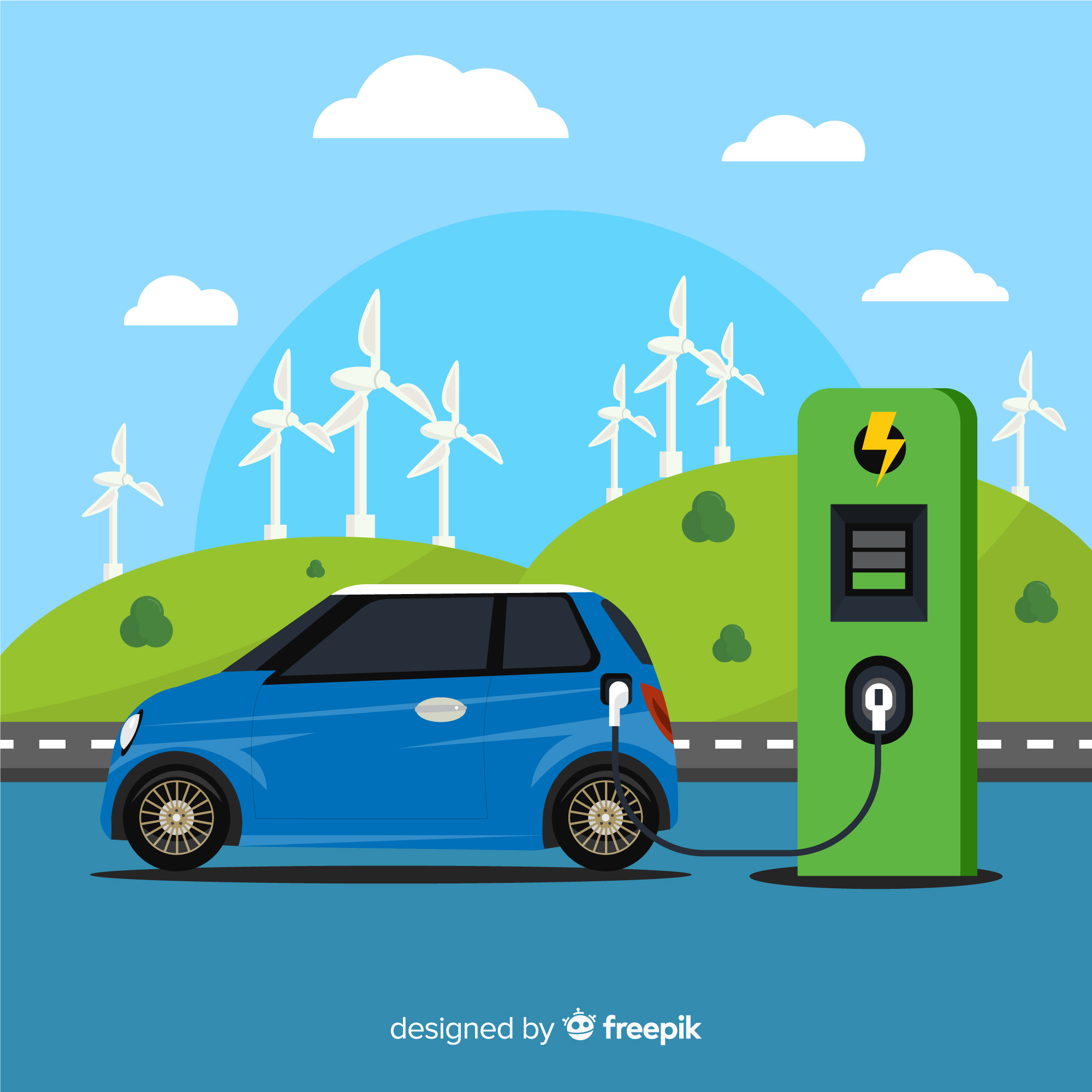News Highlights:
The study by Institute for Energy Economics and Financial Analysis (IEEFA), a United States-based think tank, has projected exponential growth in India’s Battery Energy Storage System (BESS).
Key takeaway:
- BESS is one of the key emerging technologies in the Indian renewable energy sector.
- It can ensure both peak-time power supply and all-day and night power to help overcome the intermittent nature of renewable energy.
Battery Energy Storage System (BESS):
- About:
- Battery Energy Storage System (BESS) is a technology developed for storing electric charge by using specially developed batteries.
- The underlying idea is that such stored energy can be utilised at a later time.
- Enormous research has led to battery advances that have shaped the concept of Battery Energy Storage systems into a commercial reality.
- Battery Energy Storage Systems (BESSs) are a sub-set of Energy Storage Systems (ESSs).
- Energy Storage System is a general term for the ability of a system to store energy using thermal, electro-mechanical or electro-chemical solutions.
- A BESS typically utilises an electrochemical solution.
- Essentially, all Energy Storage Systems capture the energy and store it for use at a later time or date.
- Examples of these systems include pumped hydro, compressed air storage, mechanical flywheels, and now BESSs.
- These systems complement intermittent energy sources such as wind, tidal and solar power to balance energy production and consumption.
- Significance:
- A major factor in the rapid increase in the use of BESS technology has been a 50% decrease in the costs of energy storage over the last two years.
- Storage technologies are also popular because they improve energy security by optimising energy supply and demand, reducing the need to import electricity via interconnectors, and reducing the need to continuously adjust generation unit output.
- Many governments and utility regulators actively encourage the development of battery storage systems with financial incentives, which is likely to lead to further growth.
- Risk factor:
- While the use of batteries is nothing new, what is new is the size, complexity, and energy density of the systems and the Li-ion battery chemistry involved — which can lead to significant fire risks.
- Battery fires are often very intense and difficult to control. They can take days or even weeks to extinguish properly and may seem fully extinguished when they are not.
- Another issue can be a failure of protection and control systems. For example, a Battery Management System (BMS) failure can lead to overcharging and an inability to monitor the operating environment, such as temperature or cell voltage.
- Contrary to existing conventional battery technology, some batteries are very sensitive to mechanical damage and electrical surges.
- This type of damage can result in internal battery short circuits, which lead to internal battery heating, battery explosions and fires.
- The loss of an individual battery can rapidly cascade to surrounding batteries, resulting in a larger-scale fire.
Battery Energy Storage System (BESS) Project
- About
- This is the joint effort of both the Ministry of New and Renewable energy and the Ministry of Power, who has been working on this to provide a road map for the installation of the energy storage system in the country.
- Objective:
- To support the ambitious goal of achieving the 450 GW renewable energy target of the Ministry of New and renewable energy by 2030, it is important that it gets duly supported with the installation of energy storage systems (battery energy storage system, hydro pump storage plants etc.).
Lithium-ion Batteries:
- About:
- It uses an intercalated (Intercalation is the reversible inclusion or insertion of a molecule into materials with layered structures) lithium compound as one electrode material, compared to the metallic lithium used in a non-rechargeable lithium battery.
- The battery consists of an electrolyte, which allows for ionic movement, and the two electrodes are the constituent components of a lithium-ion battery cell.
- Lithium ions move from the negative electrode to the positive electrode during discharge and back when charging.
- Applications:
- Electronic gadgets, Telecommunication, Aerospace, Industrial applications.
- Lithium-ion battery technology has made it the favourite power source for electric and hybrid electric vehicles.
Pic Courtesy: Freepik
Content Source: Down To earth



